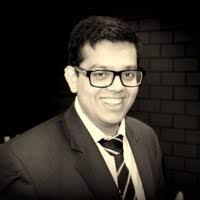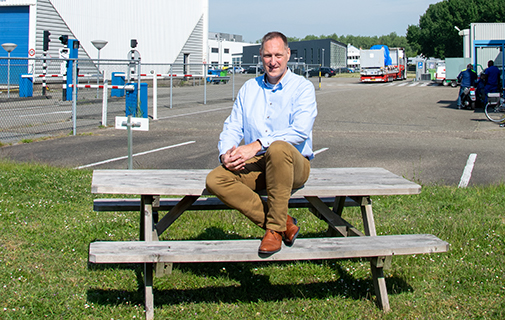It takes two
In the beginning of January, MHI launched a new Research Centre based at Imperial College London: the MHIET Future of Boosting Innovation Centre. MHI has been collaborating with Imperial College London since 2005 to improve turbocharger design.
Imperial, with its focus on science, engineering, medicine and business, is recognized as one of the best and most innovative universities in the world: it is ranked as the 10th best university globally, and 3rd in Europe. This excellence is very much integral to the partnership between MHI and Imperial, which has resulted in many innovations and improvements in turbocharger design.
One of these is a new turbine, which has improved performance under pulsations and has led to improvements in fuel economy. Additionally, a modified turbine blade in a new volute brings out the system’s potential under a pulsating condition, while, a new turbine nozzle and compressor volute have also been developed together.

Joint research
The aim of the Research Centre is also to develop PhD studentships and training for staff at MHIET and MTEE. One of the current PhD students is Prakhar Kapoor from MTEE. Prakhar started his PhD in 2016 on the topic of air path optimization for turbocharger turbine.
We wanted to develop a methodology that could optimize turbine aerodynamic design for particular customer applications while minimizing development time, explains Prakhar. Traditionally, the matching process between an engine and a turbocharger involves evaluating off-the-shelf turbine designs. However, this has several drawbacks. With this research, we aim to develop a fast-running framework, which allows understanding of the highly coupled fluid dynamics in the engine exhaust and turbocharger turbine gas path. The newly developed approach will allow the modelling of engine-turbocharger interaction using a computationally inexpensive technique and aerodynamic optimization of turbine designs based on engine-level objectives and constraints. Further, the framework will allow turbine designs to evolve continuously, even considering changes in vehicle drive cycle operation. Even though turbocharging is already a mature technology, any performance gain that can be achieved at the component level is translated through the entire air and exhaust systems to the engine and vehicle level. In this way, Mitsubishi turbochargers can be aerodynamically optimized to improve fuel economy and reduce CO2 emissions, while maintaining the highest levels of engine torque and transient response.

Prakhar Kapoor
Prakhar will finish his PhD thesis in October this year. For the past four years, he has frequently been at Imperial College in London to meet with his PhD supervisor and to conduct experiments. The rest of the research has been carried out at MTEE, both in the R&D department and test facilities. Indeed, MTEE Test Bench Engineers have played a pivotal role in enabling Prakhar’s experimental research to be carried out to the highest standards.
His supervisor Dr Aaron Costall is a Lecturer in Thermofluids in the Department of Mechanical Engineering at Imperial College. Dr Costall’s PhD research from 2008 involved modelling of unsteady flow in turbocharger turbines and was awarded the Richard Way Memorial Prize for the most outstanding PhD thesis by a research student in the field of IC engines. Dr Costall also used to work at MTEE, between 2012-2014, as a Simulation Engineer. After returning to Imperial in 2014, he established the Mitsubishi Partner Research Institution with MTEE in 2016, enabling talents like Prakhar to carry out PhD research at Imperial while working full-time at MTEE.
Prakhar’s co-supervisor is Professor Ricardo Martinez-Botas, the research director of the newly established Research Centre in London. Professor Martinez-Botas also leads Imperial’s Turbo Group and the Thermofluids Division in the Department of Mechanical Engineering. He has been the front-runner in the area of unsteady flow aerodynamics of small turbines, with particular application to the turbocharger industry.
The future
The new Research Centre employs more than 10 staff, all with a background in mechanical engineering. In the future, the centre will also look into electrification and batteries, waste heat recovery system implementation and assessment of the future development trend for powertrains and automobile application.




